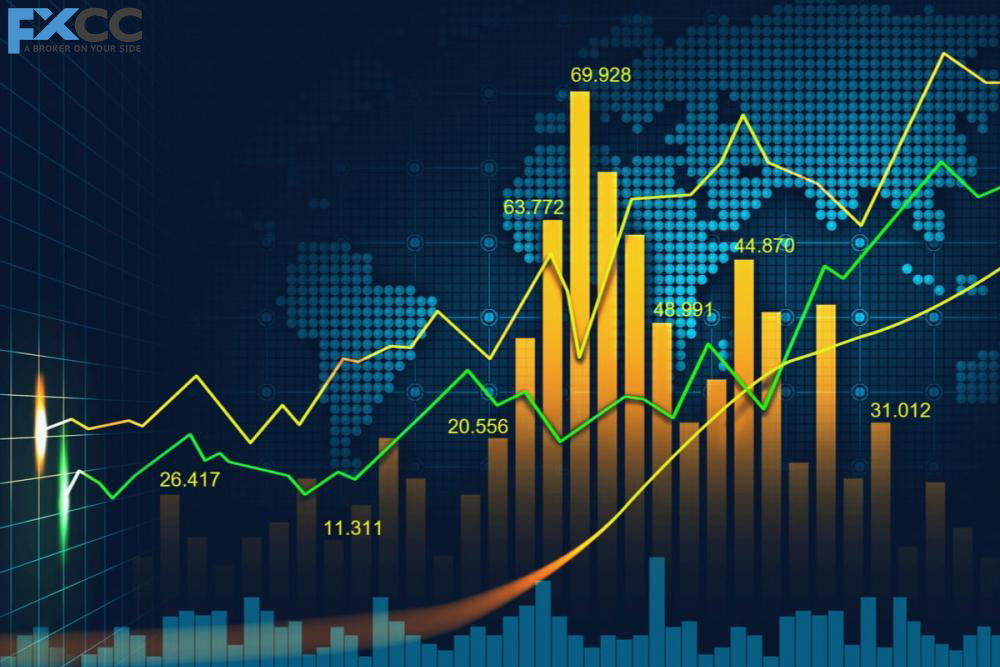Introduction
Technical analysis is a crucial aspect of Forex trading, allowing traders to identify patterns and trends in the market. It involves studying charts and using various tools and indicators to predict future price movements.
What is Technical Analysis?
Technical analysis is the study of past market data, primarily price and volume, to forecast future price movements. It is based on the idea that market psychology and sentiment are reflected in the charts.
Types of Technical Analysis
- Chart Patterns: Identifying shapes and patterns in the charts, such as trends, reversals, and continuations.
- Trend Analysis: Identifying the direction and strength of market trends.
- Indicator Analysis: Using technical indicators, such as moving averages and oscillators, to generate buy and sell signals.
- Candlestick Analysis: Studying the patterns and shapes of candlesticks to identify market sentiment.
Technical Indicators
- Moving Averages
- Relative Strength Index (RSI)
- Bollinger Bands
- Stochastic Oscillator
- Fibonacci Retracement

Chart Patterns
- Head and Shoulders
- Inverse Head and Shoulders
- Triangles
- Wedges
- Flags and Pennants
Trend Analysis
- Identifying Trend Direction
- Measuring Trend Strength
- Trend Lines and Channels
Candlestick Analysis
- Bullish and Bearish Candlesticks
- Reversal Patterns
- Continuation Patterns
Benefits of Technical Analysis
- Identifies Trends and Patterns
- Generates Buy and Sell Signals
- Helps Manage Risk
- Improves Trading Discipline
Limitations of Technical Analysis
- Subjective Interpretation
- False Signals
- Market Volatility
Conclusion
Technical analysis is a powerful tool for Forex traders, allowing them to identify trends, patterns, and potential trading opportunities. By mastering technical analysis, traders can improve their trading performance and make more informed decisions.












